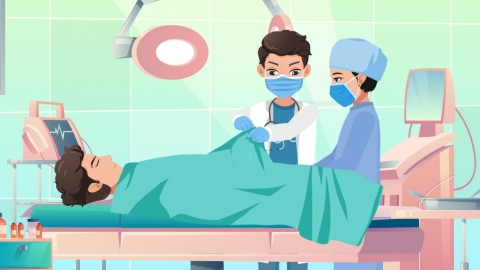Is prostate enlargement surgery painful?
Generally, prostate enlargement surgery refers to common surgical procedures used for treating benign prostatic hyperplasia (BPH), such as transurethral resection of the prostate (TURP) or laser surgery. Whether prostate enlargement surgery is painful depends on various factors including the specific procedure, type of anesthesia, individual patient differences, and postoperative care. If pain or discomfort occurs after surgery, timely medical consultation with a specialist is recommended. Detailed analysis is as follows:

Minimally invasive procedures such as transurethral resection of the prostate, performed under general or epidural anesthesia, typically cause no significant pain during surgery. These procedures involve minimal trauma and less bleeding, and postoperative pain is generally mild. Most patients may only experience slight lower abdominal fullness or discomfort in the urethra, which can be effectively relieved with postoperative analgesic measures, resulting in minimal discomfort during recovery.
If traditional open surgery is performed, or if the patient has a high sensitivity to pain or suboptimal anesthesia, there may be more noticeable discomfort during and after the operation. Traditional surgery involves greater trauma, leading to more evident wound pain after surgery, and may also be accompanied by urethral burning during urination or lower abdominal pain caused by bladder spasms. The recovery period is longer, and the patient may experience relatively more discomfort.
Postoperative care includes keeping the wound clean and dry to avoid infection; drinking plenty of water to increase urine output and flush the urinary tract, thus reducing complications; avoiding strenuous exercise, prolonged sitting, and straining during bowel movements to prevent wound bleeding or poor healing; and maintaining a light diet while reducing the intake of spicy and irritating foods to support recovery.







